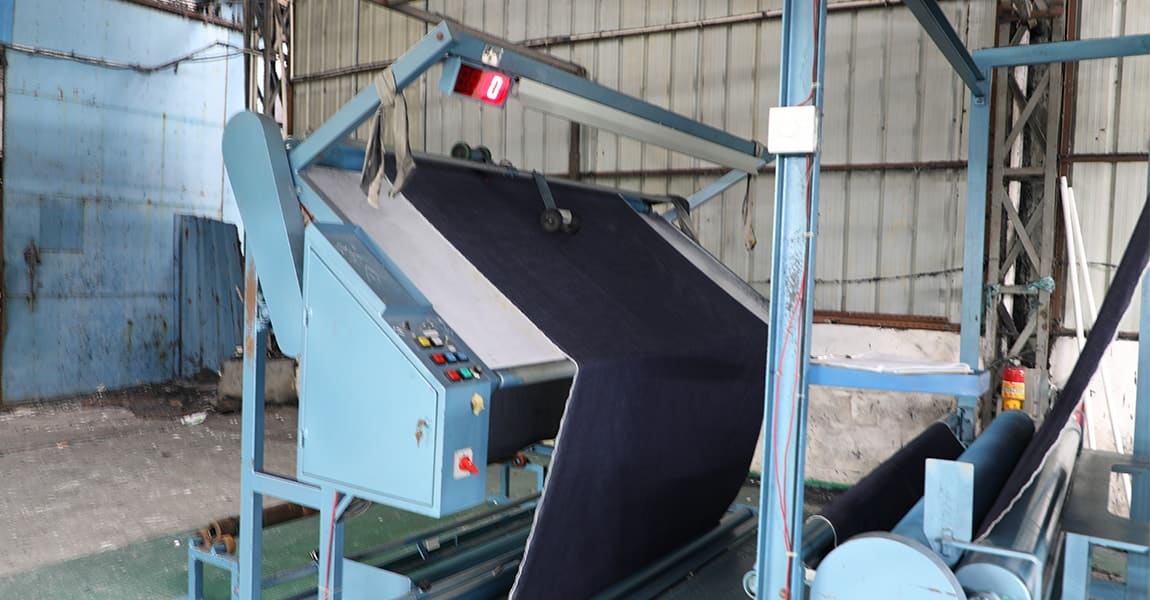The key difference between denim brand is how their jeans fit. Fit is primarily determined by the cut or the jean pattern Jean Pattern Development Process done by pattern maker at denim manufacturers
The pattern maker makes the actual jean pattern, making sure the jean pieces are sewn together properly. The pattern maker should understand sewing and factory production process to avoid any production issue
The Jean Pattern Making Process
Rarely will you see a jean pattern made completely from scratch, generally there is a “block pattern.” A “block pattern” could be an existing pattern from the brand’s library of patterns or it could be an actual jean that has been taken apart (a deconstructed jean is essentially a pattern).
With a pattern to use as a starting point, the pattern maker adjusts based on the target specifications provided by the technical designer.
Adjusting a jean pattern can be done two ways. Adjustments can be made to the paper patterns–with pencils, rulers, and scissors. Or the pattern can be digitized and adjusted within a software program such as Lectra
Making a Sample Jean
The new jeans pattern, along with the denim fabric are given to a sample maker. A sample maker could be an employee of the brand working in an in-house sample room, or an employee of a third-party contractor the brand uses for jean production.
Once the sample is made, the technical designer will measure the jean comparing it to the specification sheet.
A jean has primary Measurements Need:
Waist – The narrowest part of the waistline
High Hip – Around hip bones where a traditional waistband would sit at midrise
Low Hip – The fullest part of the hip (usually around the booty)
Thigh – Midpoint between crotch and knee
Knee – The center of the kneecap
Calf – The widest part of the lower leg
Inseam – Vertical distance from the midpoint of the crotch to the bottom of the ball of the ankle
and dozens other of secondary measurements.
Things You Should Adjust for Before Sewing:
Inseam length (height adjusting)
A grade between sizes to fit you
Things You Should Adjust After Sewing:
Crotch length and depth (everyone is shaped differently)
Booty shape
Back pocket locations
Adjusting ease in the legs to fit you perfectly
Fitting the Jean
A fit model is a person the brand believes represents its target customer. A fit model is brought in for a ‘fitting’ session. The ‘fitting’ session is the opportunity for the designer, technical designer, and pattern maker to collaborate and discuss the jean fit and adjust. The ‘fitting’ is the most intriguing part of the process (the design comes to life).
Adjusting and Completing the Pattern
Rarely, if ever, would the first sample meet expectations. It is not uncommon for several samples be made before a pattern is ready for production. Each subsequent sample undergoes the same process as the first, scrutinized for measurements and fit. Tailoring the fit so it fits perfectly to the fit model is a step by step process and tedious one
Once the designer, technical designer, and pattern maker agree the pattern is ready for production, the pattern is graded up and down to create all the sizes (‘grade’ is a technical term meaning proportionally increased and decreased to create larger and smaller sizes from the base size).
Evaluating Customer Feedback
Once the new pattern goes into production and customers start buying the new fit; feedback follows. This feedback is carefully evaluated by the brand. Depending on the feedback, the brand will continue to adjust the patterns for future production runs.
Accepting the Pattern as Good
Evaluation is ongoing, but there comes a time when a brand accepts the pattern as good. The time it takes to create a ‘good pattern’ is dependent on how discerning the brand is.

